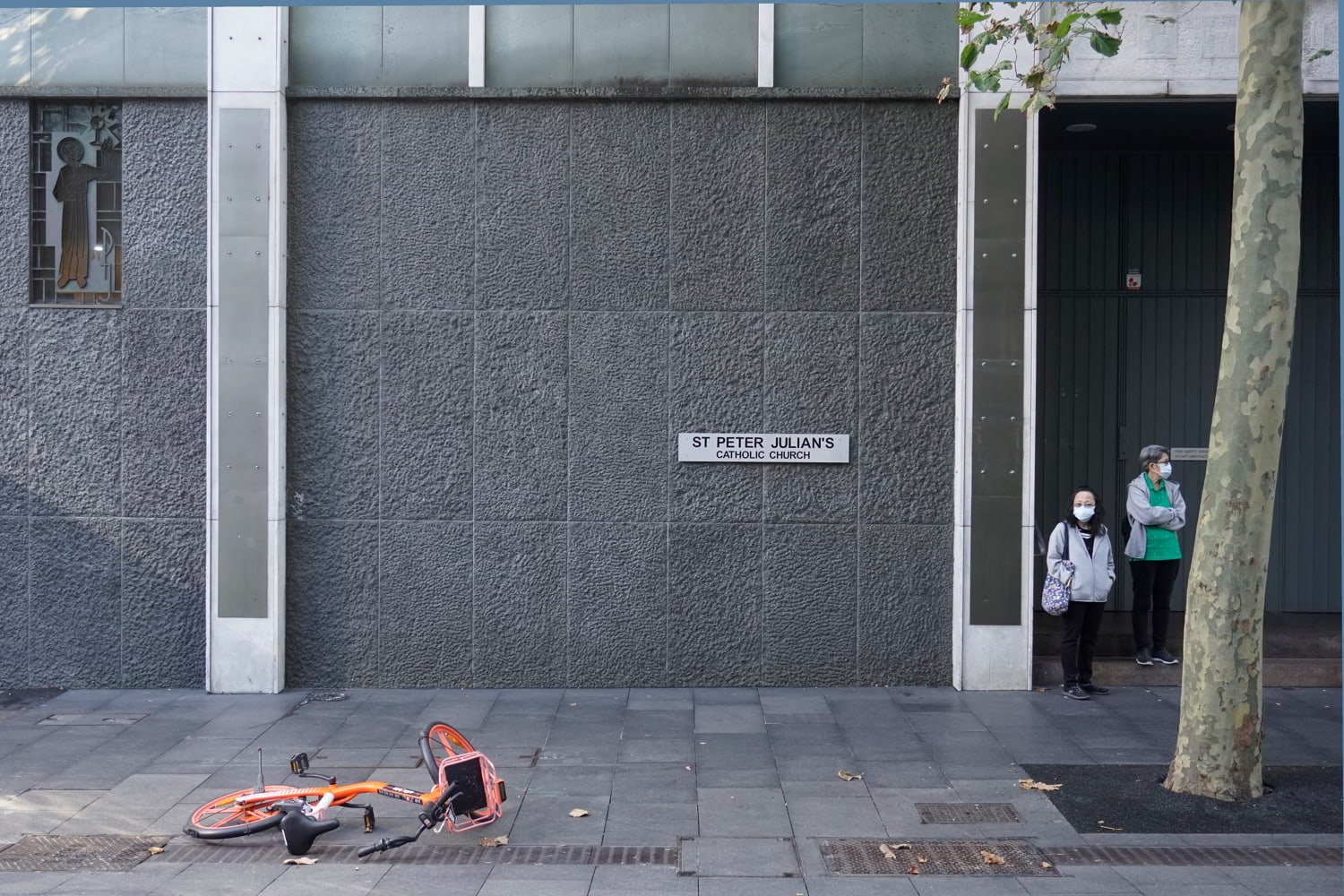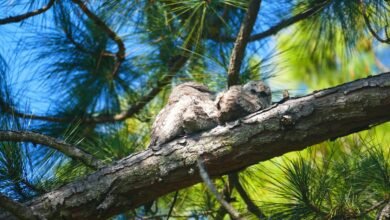Counting Leaves
From my study I can see leaves, from our bedroom I can see leaves, from the bathroom, lounge and kitchen I see leaves. The gods must have loved them.

In the city I sometimes have to hunt for leaves in the thickening streets, swimming with traffic and people, with waves of noise and billowing fumes. I imagine each leaf to be small frightened bird.

This vast energy system uses a chemical invented just the once (unlike sight with multiple beginnings) eventually grows our bones and stuffs them with marrow. C55H72MgN4O5 – There are six variations on this amazing theme.

The exotic street trees drop leaves together, are blown into corners, nutritious value wasted, mulch blackening into rubbish.

Urban greening can save species, cool warming cities, and make us happy is a headline that should be in bigger fonts. [i]

‘Being able to be in a green space or walk in a green space for just a couple of minutes can start to help reduce stress, depression, anxiety. Even being able to see trees from a window can provide a mental break for your mind.’ [ii]


The Rocks’ first pub, The Romping Horse, stood on the corner of this lane from 1789, renamed The Brown Bear, it lasted until 1900.

Further up the lane stood a notorious hotel The Black Dog (1804–1848), a haunt of sailors and whalers, with uninterrupted views the harbour. It was a dangerous place from fights and lambing down, as it was known, adding ingredients to the drink. ‘Blow-Me-Skull-Off’ consisted of spirits, opium, tobacco, cayenne pepper and anything else to preserve the liquor. Drinkers were warned not to light up a pipe or cigarette while drinking Blow-Me-Skull-Off as it could set their breath on fire. Another notorious brew Cape wine contained ‘deleterious drugs’, and it killed some, many being New Zealanders. In 1840, the New South Wales coroner warned that he had undertaken at least 18 inquests into alcohol related deaths at the Black Dog.

Of course there’s more than leaves to worry about. The city has a huge environmental footprint, but is aiming for net zero carbon emissions by 2035.
[i] Heather Alberro, The Conversation, May 2, 2019. ‘It is widely known that greenery in urban spaces helps improve city microclimates. Thanks to heat generated by traffic and industrial activity, as well as the spread of heat-trapping concrete buildings that have steadily replaced plant life, urban air temperature is often higher than in rural environments. Hotter cities compel urban denizens to opt for air conditioners in order to stay cool, which further strains energy demands and worsens the urban heat island effect . . . Plants also help keep harmful pollutants such as microscopic particulate matter at bay through a complex process known as dry deposition, whereby particles penetrate and become trapped in the wax or cuticles of leaves.’
[ii] Chris Thurmott, ‘Greening our cities’, ECOS, CSIRO, Issue 284 – Facing the future, November 23rd, 2021.




